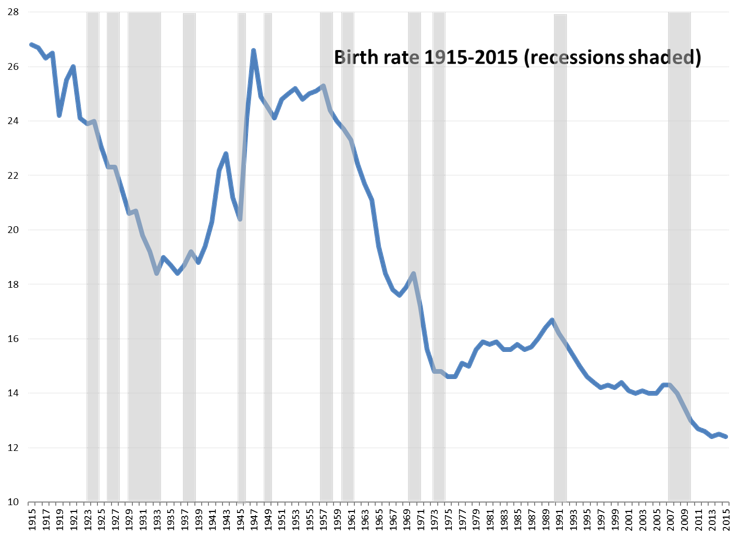The future US population
This is the first of two short pieces that focus on demographics. A central premise of scenario based (‘alternative futures’) strategic planning is that the future is uncertain because it is emergent—it can’t be predicted by studying individual trends, because what matters is the interaction between them; moreover many of these trends are themselves unpredictable. But some of them are not. Which brings me to demographics, because of the many forces for change that we consider in the course of our work, the size of the population and its component parts would be placed at the ‘more predictable’ end of the spectrum. We know the starting population, the birth rate, the death rate, and can reasonably estimate the annual number of immigrants and emigrants, so it ought to be possible to predict future population, right? Well, yes, up to a point. Without in any way wishing to detract from the excellent work done by the US Census Bureau, in 2008, its projected estimate for the population of the US in 2050 was a shade over 439 million. By 2014, this estimate had changed to 398 million, hence the tabloid-style title for this piece.
 Between the two projections, two things happened; a major recession and a drop in the birthrate. Is there a causal connection? Possibly (See chart). There appears to be some connection between recessions and subsequent declines in the birthrate, but the relationship is not hard and fast, and certainly not large enough to compete with larger forces – like the growth in the numbers of women in the workforce, a couple of world wars, and the widespread availability of the contraceptive pill. (Data since 1970 exclude births to non-residents, hence the large drop in 1970.) Nevertheless, it is a reasonable assumption that family formation was delayed by the economic downturn, the long-terms effects of which – whether economic or psychological –are significant.
Between the two projections, two things happened; a major recession and a drop in the birthrate. Is there a causal connection? Possibly (See chart). There appears to be some connection between recessions and subsequent declines in the birthrate, but the relationship is not hard and fast, and certainly not large enough to compete with larger forces – like the growth in the numbers of women in the workforce, a couple of world wars, and the widespread availability of the contraceptive pill. (Data since 1970 exclude births to non-residents, hence the large drop in 1970.) Nevertheless, it is a reasonable assumption that family formation was delayed by the economic downturn, the long-terms effects of which – whether economic or psychological –are significant.
If the trend were to continue, there is a realistic prospect of the future US population stabilizing, and even starting to decline – subject of course to immigration. Whether this would be a good thing is debatable. The more energetically environmentalist position is that people harm the earth and strain its resources and so the fewer the better, but many economists see population growth as an engine of economic growth, and vice versa – Japan and Italy being prime examples of population shrinkage and economic stagnation. As recently as 1975, the birth rate in both these countries was higher than the US. Food for thought – and a reminder of the powerful tectonic impact of demographic change, often overlooked because it is slow to appear, and thus never headline-worthy.
Update – November 2021. Since we first wrote this, we have written another piece on the declining birth rate and what it might mean, looking at sociological factors and considering the broader implications beyond the size of future US population. We wonder whether it signals a postmodern ‘retreat from the future’, and if so whether that portends a bumpy ride for the economy, and a certain amount of political upheaval. You can read more here

2 thoughts on “40 million people go missing in the future”